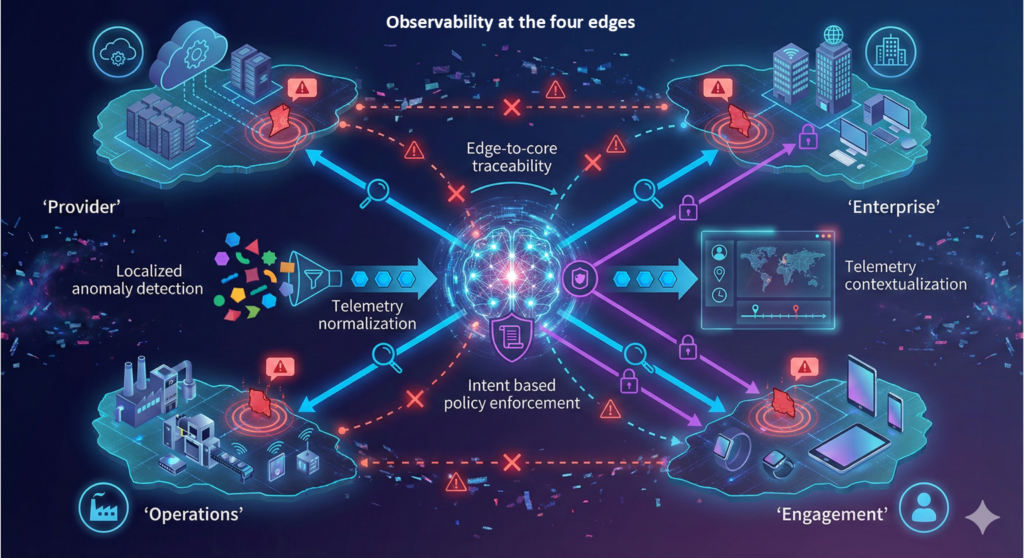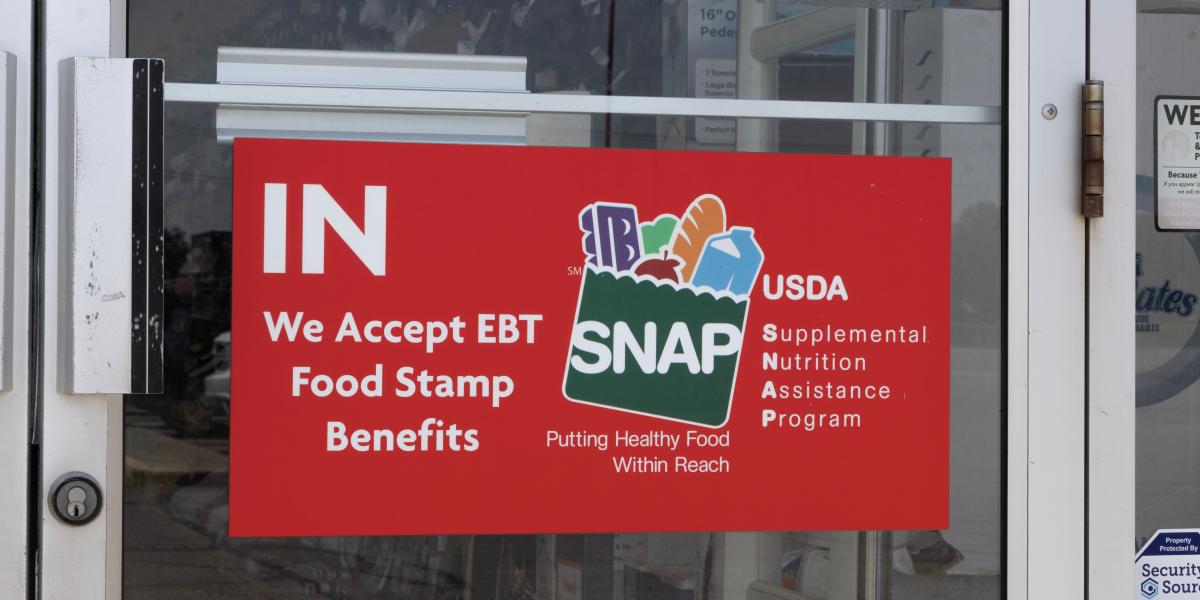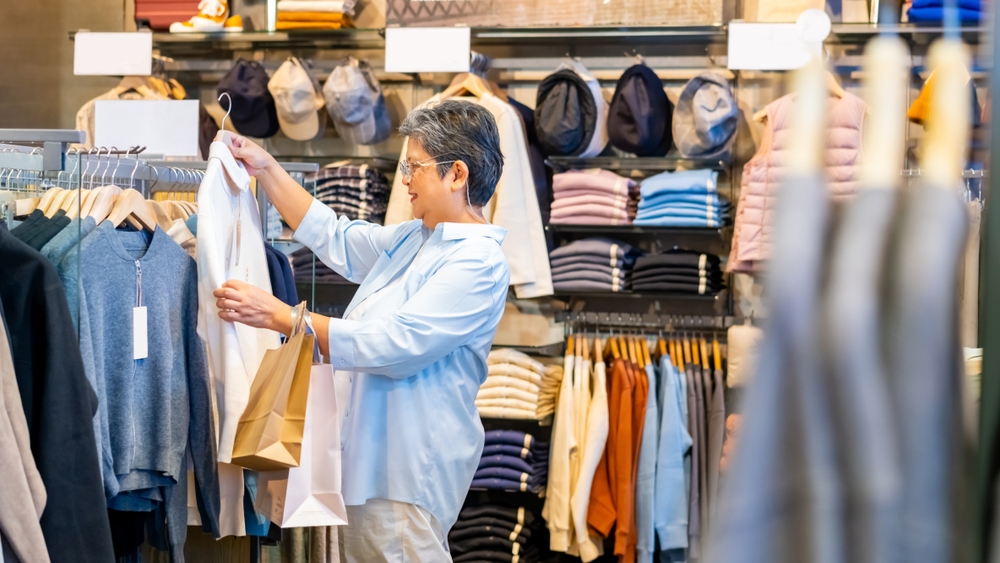The retail landscape is entering a period of profound transformation, where profitability will no longer be optional but instead essential for survival. The combination of persistent high interest rates and technological disruption will create a challenging environment across all retail sectors—from low-margin categories like grocery to high margin ones like apparel.
Retailers face a perfect storm: higher wages, waning consumer confidence, and intensifying competition will force merchants to innovate to maintain customer loyalty and market share. Incremental improvements simply won’t cut it – success demands organizational readiness to invest in technology solutions, embrace experimentation, and learn from failures. From bankruptcy waves to AI-powered shopping assistants and stricter return policies, the retail industry stands at a crossroads where traditional business models face pressure to lower costs.
Three of the things we see in store for 2026 are:
1. A bankruptcy wave hitting specialty retailers. The vulnerability of specialty retail will reach a breaking point in 2026: we predict three US chains will declare bankruptcy. High interest rates, persistent shifts toward online shopping, and aggressive competition from mass merchants and value retailers will push overleveraged companies into insolvency. Retailers carrying substantial debt loads face the greatest risk.
But even financially stable specialty chains like Dick’s Sporting Goods and Best Buy cannot rest easy—they must aggressively pursue omnichannel strategies, optimize their physical footprints, and create unique experiential offerings that online competitors cannot replicate. For struggling retailers, the priority must be debt reduction above all else. The message is clear: specialty retail’s margin for error has vanished entirely.
2. AI chatbots will disrupt shopping. Artificial intelligence will fundamentally reshape how consumers discover and purchase products: we expect one-quarter of shoppers to use specialty retail chatbots in 2026. As conversational commerce matures, AI assistants will become indispensable for product research, comparison shopping, and customer service across retail platforms.
Chatbot interactions are becoming increasingly prevalent. These tools promise significant cost savings through personalized recommendations and streamlined post-purchase communications around order tracking and returns. Smart retailers will invest in proprietary AI shopping assistants that guide customers throughout the entire journey, from initial discovery through post-transaction support, ensuring seamless integration with emerging conversational technologies. Announcements in recent months of Walmart introducing its own chatbot and partnering with ChatGPT are examples of what we expect to see more of in 2026.
3. The end of generous e-commerce returns. The tide is turning on liberal return policies as we expect two major global retailers to implement stricter guidelines. Rising processing costs, supply chain pressures, and margin erosion have made generous return windows financially unsustainable. While Amazon and Walmart pioneered “keep the item” approaches for low-value returns, such policies have become vulnerable to exploitation. Retailers will increasingly deploy machine learning algorithms to analyze customer behavior, selectively offering favorable return terms only to their most profitable, high-margin shoppers. This strategic shift allows merchants to retain customers who generate genuine value—many of whom rely on generous return policies for online purchases—while discouraging unprofitable shopping behaviors. The era of universal, no-questions-asked returns is ending as economic realities force difficult choices.
Retailers entering 2026 must adopt profitability as their primary imperative. From bankruptcy risks and AI adoption to return policy overhauls and changing consumer habits around food and social commerce, the industry faces interconnected challenges requiring bold action. Success hinges on retailers’ technology investment, operational discipline, and willingness to abandon unsustainable practices that erode margins – while building differentiated experiences that drive loyalty.
Forrester clients can read our full Predictions 2026: Retail report to get more detail about each of these predictions, plus two more bonus predictions. Retailers and brands, set up a Forrester guidance session to discuss these predictions or plan your 2026 technology strategy.






















